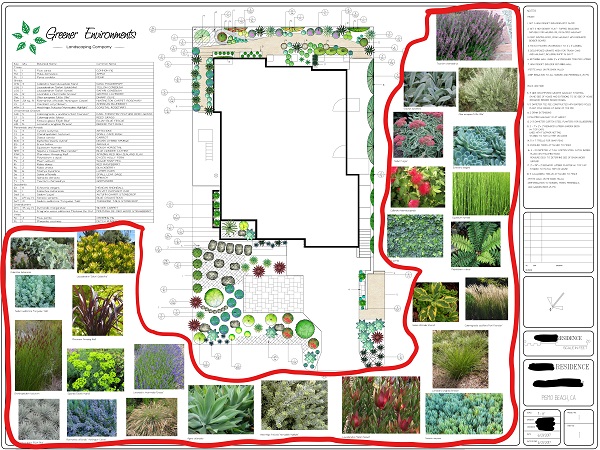As we move forward into the digital age, more and more businesses are adopting virtual reality (VR) as a way to engage with their customers. VR has the potential to be incredibly engaging for customers, providing an experience that is unlike anything they’ve ever had before. But how can you make sure your VR content is as engaging as possible? One way to do this is by using vram for rendering; this technology can help you create high-quality images that are optimal for VR. In this blog post, we will explore the benefits of using vram for rendering in your VR content and how it can help you create an amazing experience for your customers.
What is vram?
Vram is short for Video RAM. It’s a type of memory that stores the image data and color information used by a graphics card to render graphics on screen. Your computer’s video card needs vram in order to display images in high resolution.
Some laptops have a lot of vram, while others don’t. Most graphics cards require 2GB of vram, but some need as much as 8GB. So, if you’re not sure whether your laptop has enough vram, check your manufacturer’s website or consult your computer’s user manual.Some laptops also include a dedicated video card, which doesn’t require vram.
How to calculate vram requirements?
In order to calculate vram requirements for rendering, you first need to determine the resolution of your final output. This can be done by multiplying the width and height of your image or video screen respectively. Here is an example using a 1920×1080 resolution: 1920 * 1080 = 2720800 The next step is to determine the type of graphics card you are using. Some common types are Radeon HD 7700 Series, GeForce GTX 770, and Intel HD Graphics 5000.
Next, you will need to calculate how much memory your graphics card has assigned. To do this, multiply the number of cores on your graphics card by 2 (or 3 if you have an AMD Ryzen). For instance, a graphics card with 4 cores would be multiplied by 2 or 8GB of memory would be needed if 8GB is not already assigned. Finally, you will need to divide the total memory size (in GB) by the number of cores on your graphics card to get the amount of vram required for rendering. In this example, 8GB * 4 cores = 32GB Required vram: 32GB/4 cores = 12.5GB
What are the different types of graphics cards?
There are three main types of graphics cards: traditional graphics cards, integrated graphics cards, and mobile graphics cards.
Traditional graphics cards are the most common type. They’re built into your computer like the processor and RAM, and they usually have a powerful processor and a lot of memory. Integrated graphics cards are built into some laptops and newer desktops. They tend to have less power than traditional graphics cards, but they can still do some things that traditional ones can’t.Mobile graphics cards are designed specifically for use in mobile devices like smartphones and tablets. They have a low power consumption and small size, which makes them perfect for these devices.

How to choose the right graphics card for your system?
Choosing the right graphics card for your system can depend on a variety of factors, including your budget and your intended use. Here are some tips to help you choose the right card for your system:
- To determine your budget, start by looking at the prices of similar cards from different manufacturers. You can also check online forums or review sites to get an idea of what people are recommending in terms of card type and price range.
- Once you have a rough idea of how much money you want to spend, look at the types of games and applications that you plan on using the graphics card for. Some cards are designed for specific uses, such as gaming or rendering graphics, so make sure that is what you need before making a purchase.
- Another important factor to consider is your intended use. A graphics card is more than just a piece of hardware – it’s also a key part of your computer’s overall performance. Make sure that the card you choose will work well with the other components in your system and with the software that you plan on using.
- Finally, be sure to take into account any pre-existing conditions or requirements that might be required in order to use the card properly. For example, certain cards require specific power supplies or cooling systems in order to function correctly.

Conclusion
In this article, we will take a look at the different types of video memory and what each one offers for rendering. We will also explore how to choose the right type of video memory for your needs and discuss some important considerations when installing it in your computer. Hopefully, this information will help you make the best decision for your rendering needs.





